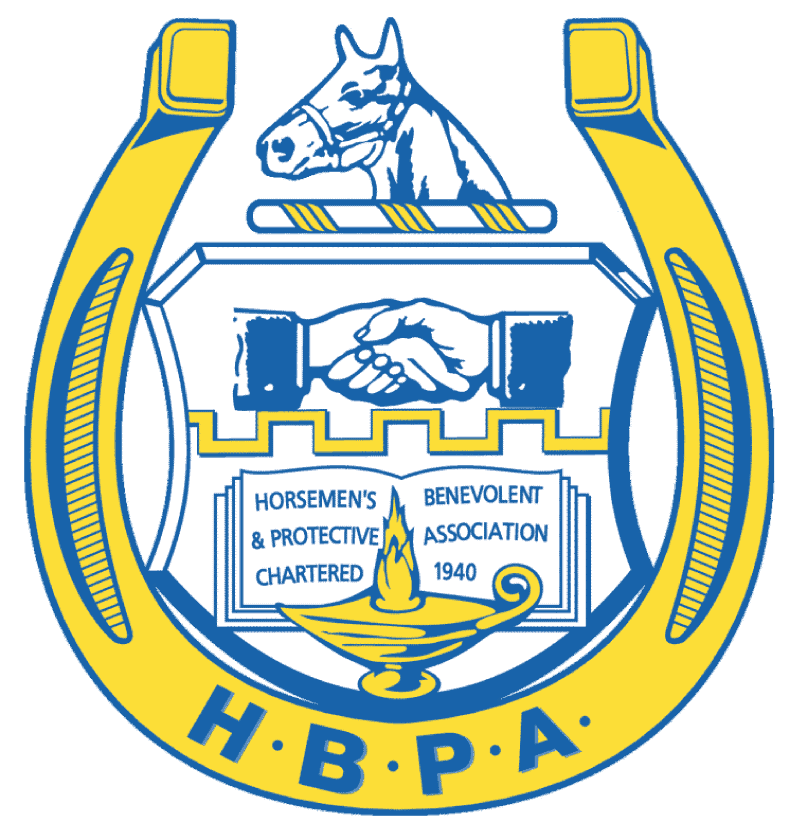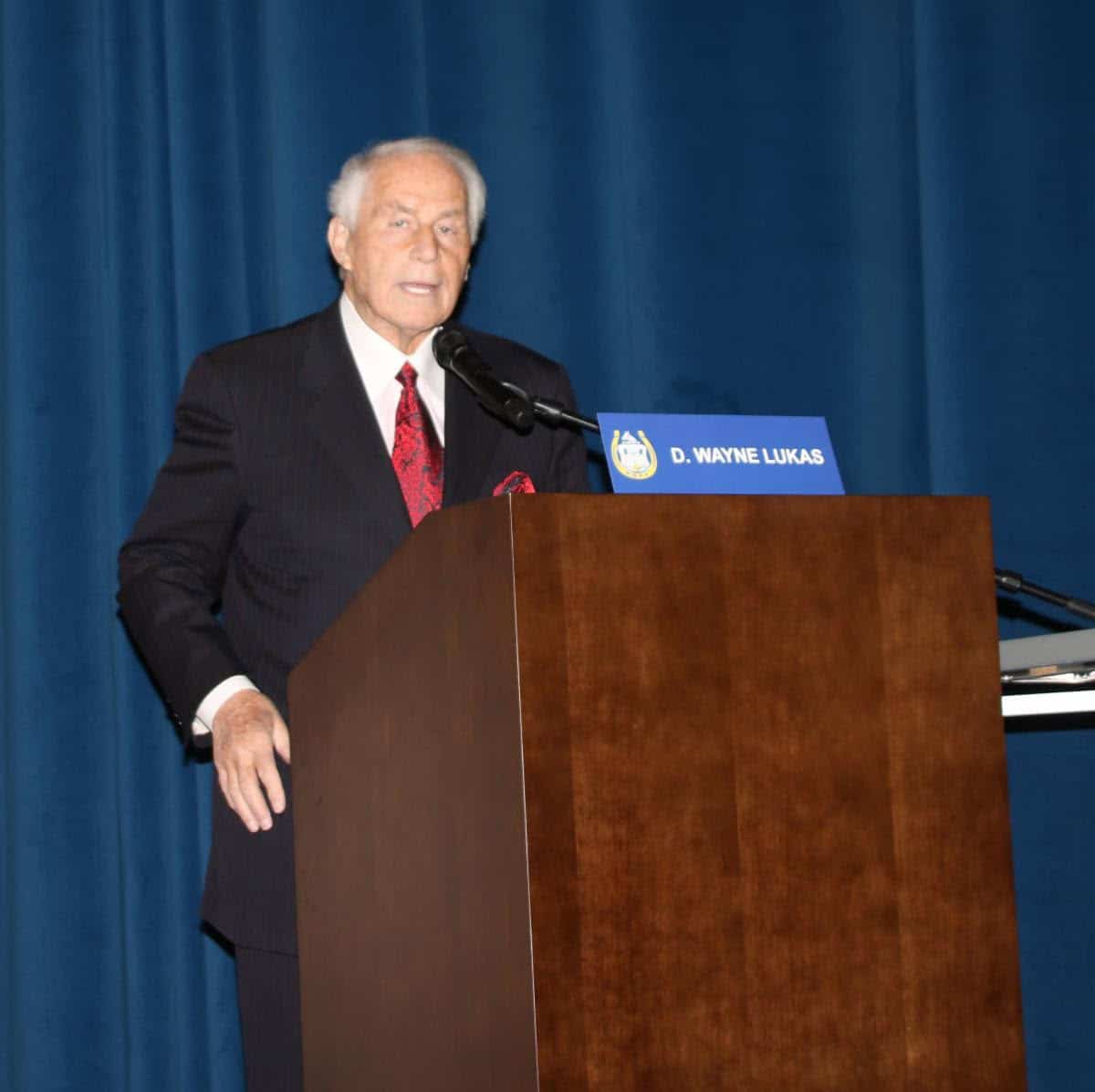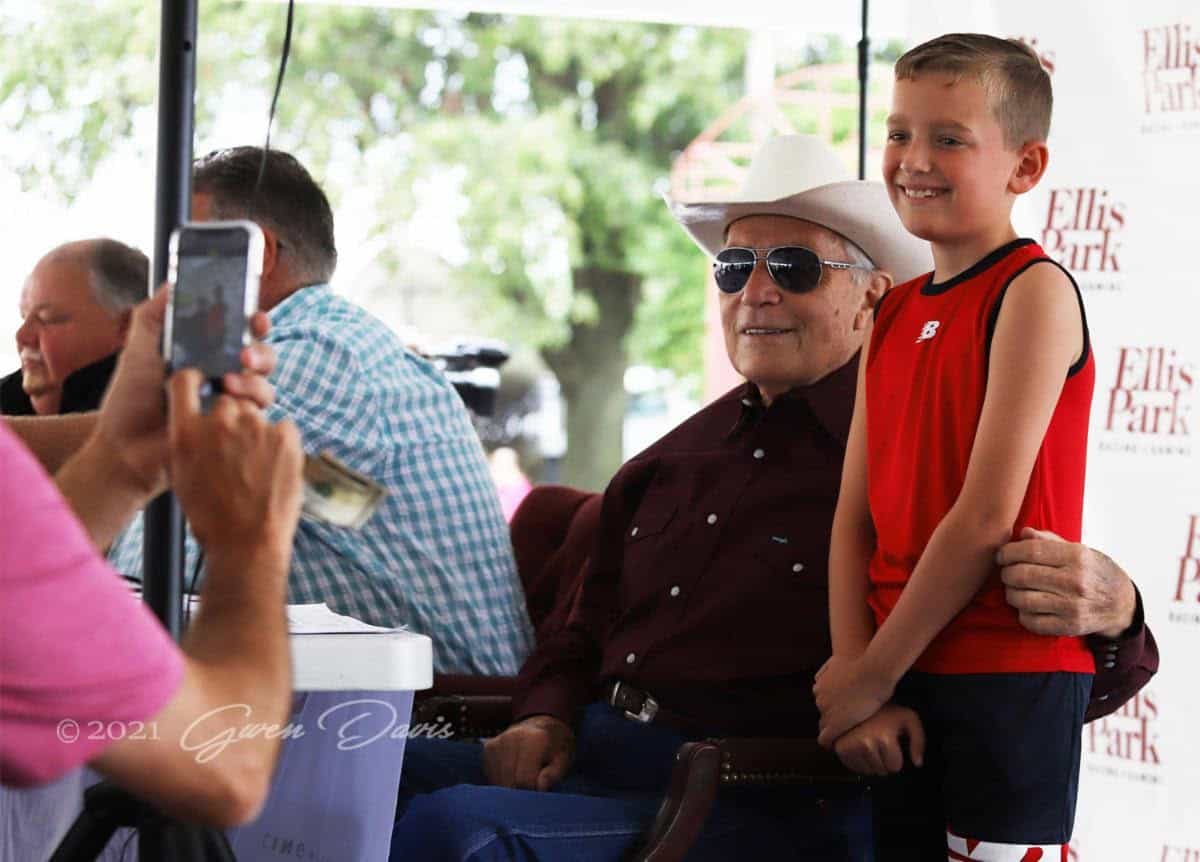A Vital Purpose: The Man O’ War Project brings veterans and horses together to treat PTSD
From the Winter 2018 issue of The Horsemen’s Journal
By Judy L. Marchman

THOUGH NOT AN ACTUAL SESSION, AS PARTICIPANTS’ INFORMATION IS CONFIDENTIAL, THIS PHOTO REPRESENTS HOW THE PROGRAM LOOKS WITH VETERANS, A THERAPIST AND AN EQUINE SPECIALIST INTERACTING WITH A HORSE (Photo courtesy Man O’ War Project)
A little horse therapy can go a long way. Anyone who owns or works with horses understands the natural lift given by being around these noble animals. And that special bond between horse and human could be a key to helping treat military veterans who are dealing with post-traumatic stress disorder (PTSD). That’s what a groundbreaking clinical research program at Columbia University Irving Medical Center in New York is trying to determine.
The Man O’ War Project is the first university-led research study to examine the effectiveness of equine-assisted therapy in treating veterans with PTSD. Founded in 2015 by longtime Thoroughbred owner/breeder Earle I. Mack, the project was born out of his concern about the mental health crisis facing veterans and his observation of various equine-assisted therapy groups already working with those who served their country.
PTSD affects nearly one in five veterans, and symptoms can range from nightmares and negative thoughts to debilitating anxiety and hypervigilance. Some veterans may turn to substance abuse or have difficulty maintaining their relationships or jobs. PTSD also can put veterans at an increased risk for suicide. According to the U.S. Department of Veterans Affairs (VA), more than 20 veterans a day die by suicide.
“We owe our fighting men and women a great debt,” said Mack, a U.S. Army veteran himself. He began noting how different equine-assisted therapy programs around the country were working to help veterans. “I saw first-hand what they were doing and they are very heroic for doing it,” but he noted that “there was no science or methodology proving that equine-assisted therapy could actually effectively treat veterans with PTSD. All reports were anecdotal.”
Mack reached out to researchers at Columbia University Irving Medical Center’s Department of Psychiatry to develop a clinical approach to using equine-assisted therapy in treating veterans with PTSD and to establish a standardized treatment protocol. Mack backed up his support with a $1.2 million grant from his Earle I. Mack Foundation.
Program in Action
The Man O’ War Project is led by co-directors Dr. Prudence Fisher and Dr. Yuval Neria. Fisher is an associate professor of clinical psychiatric social work at Columbia University and an expert in PTSD in youth, and Neria, a veteran of the Israeli Armed Forces, is a professor of medical psychology at Columbia and director of trauma and PTSD at New York State Psychiatric Institute.
Fisher admitted that using equine-assisted therapy wasn’t something they’d considered before Mack approached the department, but the challenge of developing an innovative new treatment protocol was exciting.
“There’s never been any specific way of doing this kind of treatment, so first we needed to determine a method,” she said.
After spending a year researching and learning from existing equine assisted therapy programs, Fisher and Neria conducted a pilot study in 2016 to develop a standard treatment protocol. The pilot included two groups of four veterans each and lasted eight weeks.
The project is in the clinical trial phase, and through July, about 40 veterans had participated in the program. The study is conducted at the Bergen Equestrian Center in Leonia, New Jersey, about 15 minutes from Columbia University Irving Medical Center in New York City.
Like the pilot study, the treatment protocol lasts eight weeks, and each group includes three to six people. As part of the process, each participant undergoes interviews before, during and after the treatment period and receives follow-up evaluations for three months post-treatment to observe the long-term effect of the program. MRI scans also are conducted before and after the treatment to determine if any structural changes are occurring in the brain.
“We look at the brain before and after the treatment to observe any changes in connectivity between various regions of the brain,” Neria said. “From previous studies on PTSD, we know that decreased connectivity can lead a person to become more anxious or more hypervigilant.”
He added that an effective treatment should increase brain connectivity, which would allow a person to better control those negative emotions.
Each weekly session lasts 90 minutes and is all ground-based work. The program works with five horses at the Bergen Equestrian Center, using the same two horses per treatment group. The veterans start by observing the horses and slowly building on their interactions, from leading to grooming and group exercises, gaining confidence as they go.
“We take a team approach to the treatment,” Fisher said. “We have trained mental health professionals, social workers, equine specialists and a horse ‘wrangler’ for an extra set of eyes to ensure safety during each session.”
“Unlike many PTSD treatments, we don’t talk about the trauma,” Fisher said. “All of them have PTSD, but their traumas are all different.”
Very few people have dropped out—less than 10 percent. “We take people up to age 70, and it’s a male/female mix,” she said. “About 40 percent are women.”
Results to date are encouraging and positive. Fisher said that in post-treatment interviews, everyone has told her they wish the program were longer.
“But I have had them also say that if we had told them in the beginning that the program was longer than eight weeks, they wouldn’t have done it,” she added.
Relationships with Horses
Many of the veterans who have participated have little to no experience with horses and find themselves not only gaining confidence in working with the horses but in other aspects of their lives too.
“One of the things we’ve talked about is why horses and veterans work well together, and one of the similarities is that they are both mission-driven—particularly ex-racehorses,” said Anne Poulson, president of the Man O’ War Project board of directors and a former chair of the Virginia Racing Commission. “They are trained to do a job, and now they don’t have one and they are looking for a new purpose, just like many veterans are. With this program, there is a new purpose for both.”
As anyone who works with horses knows, horses, as prey animals, are naturally skittish and hypervigilant, and their fear responses offer veterans the opportunity to recognize and understand similar behavior in themselves and how they interact with others.
“Veterans can learn how to regulate their behavior,” Poulson said. “They can recognize their own reactions when they observe how a horse responds in a certain situation.”
Horses also provide participants with a patient, nonjudgmental learning environment.
“Horses are in the moment,” Poulson said. “The veterans develop a different dynamic with the horses, and that translates to their relationships with others.”
But that relationship must be earned, as Mack pointed out. Through the equine-assisted therapy, veterans work to earn their horse’s trust and, in doing so, are re-learning how to build trust with others—and in themselves.
“It can be hard to win over a horse’s confidence,” Mack said. “But when you do, it’s the one of the best feelings you can have. When your horse is no longer hypersensitive to you, it’s such a great accomplishment, and that confidence can carry over to other areas and skills.”
The benefits of the program also extend to the horses themselves by providing an avenue for a second career as a therapy horse. One of the Man O’ War Project horses is the ex-racehorse Crafty Star. The 10-year-old Crafty Friend gelding didn’t do much on the track, managing one win—a maiden claimer at Parx—in 26 starts, but he’s taken to his new career with élan.
“He’s quite dapper and proud of himself,” Poulson said. “He’s frisky around everyone else, but when he’s with the veterans, he knows his job and becomes focused and on point with them.”
Moving Forward
Once the open trial is complete and the findings are published, there are several long-term considerations for the Man O’ War Project, including conducting a formal, closed study and creating a training center where other equine-assisted therapy groups could be trained in the treatment protocol.
“Ultimately, we would love to create treatment facilities around the country to expand the program’s reach,” Poulson said.
That could potentially include non-veterans who have been diagnosed with PTSD, such as victims of child abuse or domestic violence.
Developing a viable, clinically proven treatment protocol could allow the Man O’ War Project to take advantage of grant opportunities to fund these next steps, and strategic partnerships in the horse industry and raising the organization’s visibility with the VA are also key to keeping the mission moving forward. Potential funding options also could come thanks to the approval of a congressional appropriations bill that included an amendment by Rep. Andy Barr (R-KY) to provide $5 million to equine-assisted therapy programs for veterans for fiscal year 2019.
“I’m optimistic this treatment protocol will be proven effective, and I hope it will lead to happier, healthier relationships between veterans and their families, friends and coworkers,” Mack said. “Ultimately, our goal is to help these veterans and enable them to learn new skills through their interactions with horses.”
To learn more or to donate to the Man O’ War Project, visit mowproject.org. If you know a veteran in crisis, you can contact the Veterans Crisis Line 24/7 tollfree at (800) 273-8255 and press 1, or go to veteranscrisisline.net/chat.





